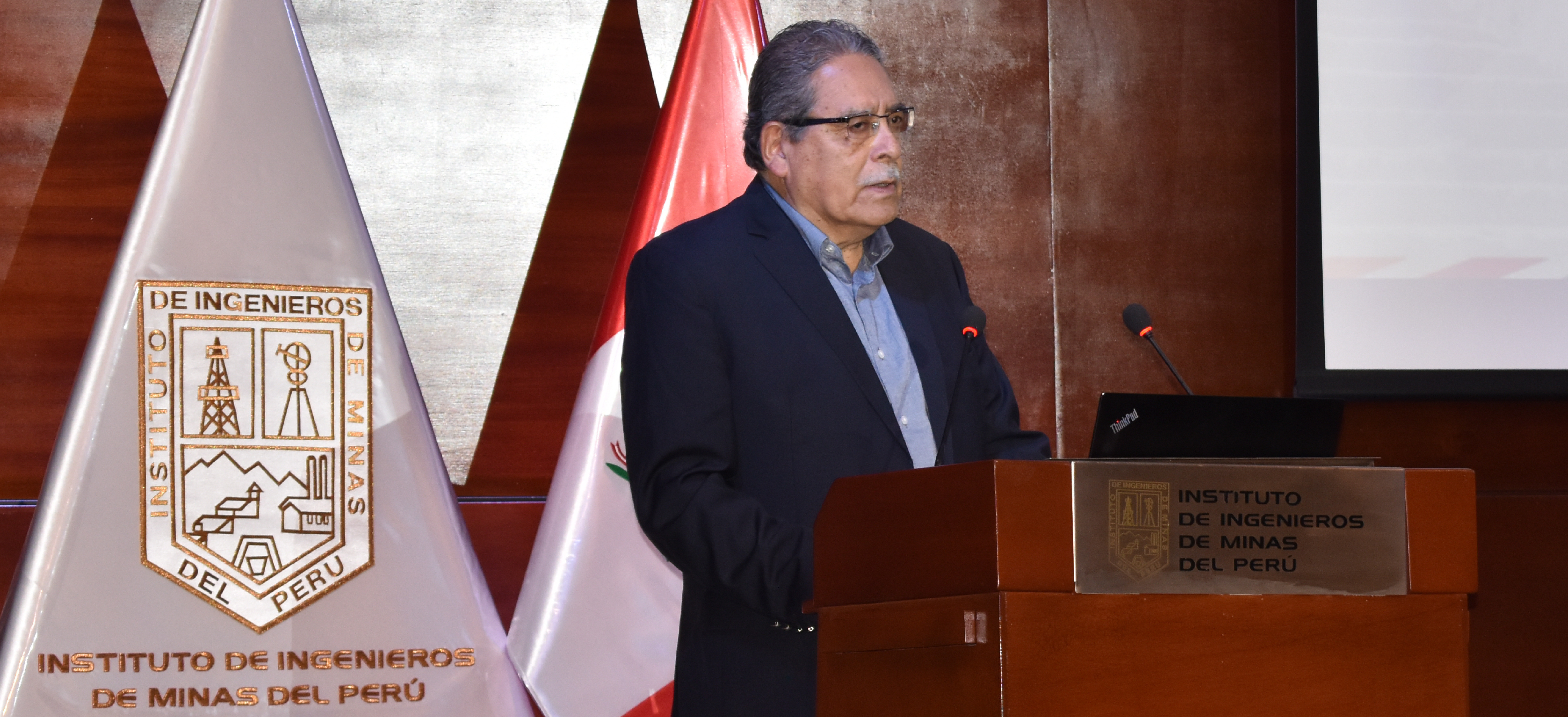Lima, NOVEMBER 17 2022 Informal and Illegal Mining Operates in Almost One Fifth of the Peruvian Territory

The expansion of non-formal mining in Peru over the last decades has been imminent, so much so that today it has taken over about twenty-five million hectares, figure that equals one fifth of the national territory (128.5 million hectares).
This was informed within the framework of the program of conferences Rumbo a PERUMIN – Central Peru Edition, where mining consultant Dante Vera made a presentation on the situation of non-formal mining and its impact on the Ayacucho, Huancavelica, and Ica regions.
Dante Vera is co-author, together with Carlos Basombrío and Ricardo Valdes, of the studies “Non-formal mining in Peru” and “Criminal Economies”, where they address the issue of illegality in mining, logging, smuggling, and other illegal economies.
“There is a sector of mining where legality, informality, and illegality overlap, mix with each other; therefore, the administrative definition formulated by our authorities is not sufficient,” he claimed. For Vera, illegal mining and informal mining are considered non-formal mining.
Territories at risk
Vera explained that some of the territories with potential risk and contamination in the country are the Southern Border Triangle—which includes Madre de Dios (Tambopata and Manu)— Puno (Sandia, San Antonio de Putina, Huancané, and Carabaya), and the border with Bolivia (El Alto Desaguadero).
Also at risk are the Northern Amazon region (Amazonas-Cajamarca), the Northern Mining Belt (La Libertad-Cajamarca), the Central Jungle (Huánuco, Pasco, and Ucayali), and Loreto (Nanay River). Over the last five years, the situation has changed significantly in these areas of the country, he said.
"If the Marañon were to fall into the hands of international criminal organizations dedicated to supporting or financing themselves with illegal mining, illegal logging or drug trafficking, then the port of Paita could end up being like the port of Callao, where drugs enter and leave," he emphasized.
Dante Vera warned that if this situation continues as it is today—with a weak State, informality, and illegal economies—it would be a serious risk to national security in the near future, as is in Ecuador or Colombia.
He noted that the illegal economies analyzed in the study generate 6.507 billion dollars. One of these economies is illegal gold mining, which moves more than 1.777 billion, more than human trafficking, drug trafficking, logging, illegal fishing, smuggling, piracy, or land trafficking.
Conflicts
The speaker also mentioned that there is currently a significant presence of informal miners in the southern area of Ayacucho, namely in the provinces of Lucanas, Parinacochas, and Páucar del Sara Sara.
"There are mining conflicts in the south of Ayacucho involving mining companies such as Ares, Breapampa, and Apumayo, which suffer violent attacks by villagers and communities demanding their definitive closure. The possibility that there are interests of informal and illegal artisanal miners behind these conflicts is not excluded," he pointed out.
He added that in Huancavelica only 11.5% of informal miners work in their concession, while in Ica 14% do. "In Ica, protected natural areas such as Paracas, San Fernando, and the Nasca lines are at risk."
About Rumbo a PERUMIN
This is an initiative by the Peruvian Institute of Mining Engineers and the PERUMIN Organizing Committee. It involves a series of activities focused on generating spaces for analysis, knowledge, and debate on mining. This program is the prelude to the traditional Mining Convention, whose 36th edition will be held in 2023.







